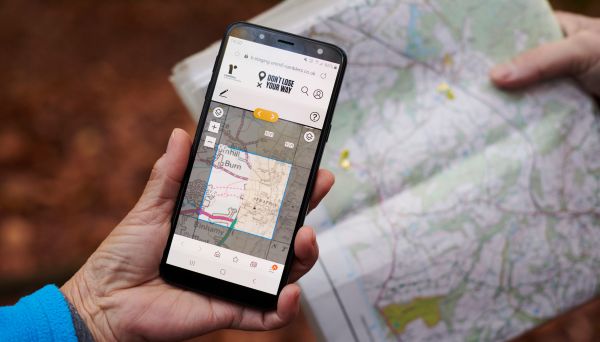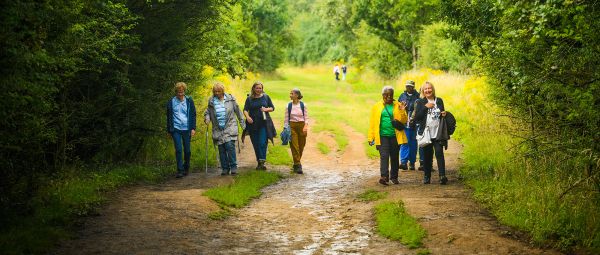Prioritising lost rights of way
Prioritising paths helps us ensure we save those that will bring the greatest benefits to walkers.

The Ramblers Don’t Lose Your Way campaign discovered over 49,000 miles of paths which could be lost rights of way. Saving all of these paths would be an enormous task, so it’s important that we prioritise saving those that will bring the greatest benefits to walkers. You can help us do this by suggesting which paths should be prioritised in your area.
Prioritising Paths on the Don’t Lose Your Way map
Anyone can use the Don’t Lose Your Way map to suggest whether a path is a high priority to save. By sharing your local knowledge, you will be greatly helping our volunteers decide which paths they should focus on saving.
To prioritise a path, simply click on the route. Then click the ‘Suggest Priority’ button on the right-hand sidebar. You will then be asked to do three things:
-
Choose a priority from the drop-down list.
-
Note whether the path is currently in use. This helps our researchers decide what types of evidence they can use.
-
Provide a reason for your suggested priority.
As well as being able to suggest a path as high, medium, or low priority, there are also other ways you can help our volunteers understand the status of the path. These are:
-
If a path appears to no longer exist, please mark it as “Low: likely to be extinguished or diverted”. If possible, please provide a link to evidence that supports your view.
-
If you know that a path appears on the list of streets, please mark it as "Low: list of streets”
-
If you know that the path marked on the map is definitely not a lost path, please mark it as “Invalid”
-
If a path doesn’t need to be prioritised because it has already been applied for or for another reason, please mark it as “Other”.
Criteria for high priority routes
To be made a high priority, a path should be judged to either enhance the enjoyment of walking, to improve equality of access or to connect communities. When identifying a high priority path on the Don’t Lose Your Way map, please state one or more reasons why you believe the path is high priority from the following list:
Enhancing enjoyment of walking
-
Linking up dead ends or filling gaps in routes
-
Creating circular routes for leisure use
-
Connecting people to sites of historical, cultural, or natural interest
-
Connecting with Open Access Land – particularly ‘Access Islands’ which are currently not served by any rights of way
-
Connecting to regional or national trails.
Improving equality of access
-
Adding routes to areas which currently lack rights of way or access to green space
-
Increasing access for users with limited mobility, e.g. by expanding stile-free routes
-
Connecting urban or built-up areas to green spaces
-
Enhancing walker safety e.g. by keeping walkers off a busy road.
Connecting communities
-
Facilitating local journeys or connecting people to amenities, such as schools, shops and train stations
-
Supporting tourism, regeneration, or other community projects
-
Protecting routes which might be adversely affected by proposed development or a change in land use
-
Aligning with other local authority priorities.

Don’t Lose Your Way – Saving lost paths
We have searched England and Wales and found over 49,000 miles of paths that could be lost forever. Time is running out to save them for future generations.

Access
We’re committed to campaigning to keep our countryside open to be explored freely and we speak up on issues that matter to walkers.

Expand the freedom to roam
Help us to expand the freedom to roam. It is one of the biggest things we can do to increase access to the outdoors for everyone.